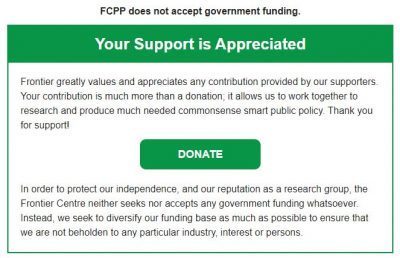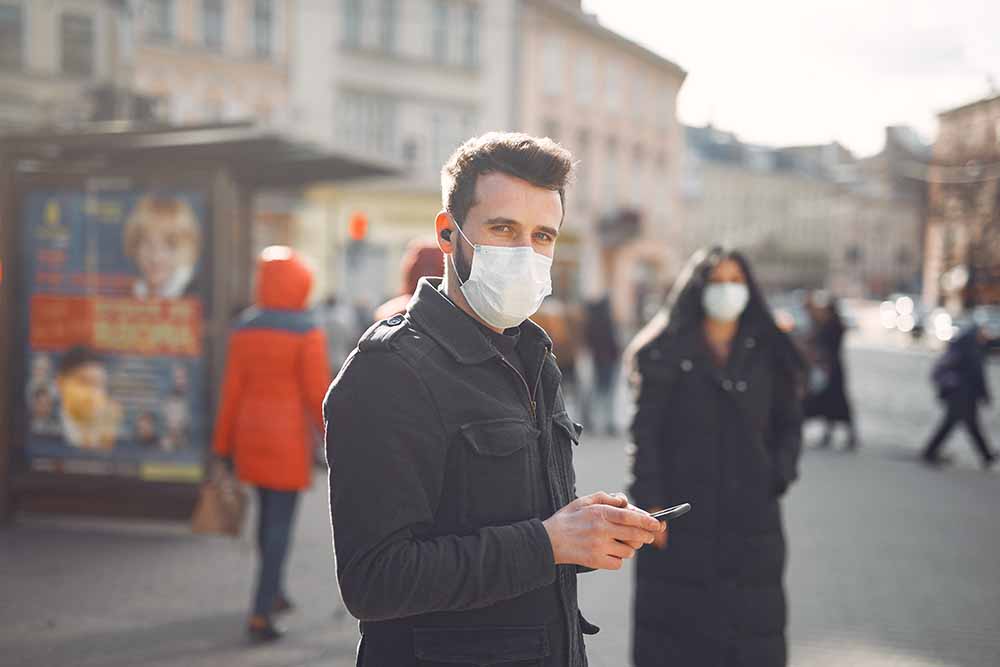While the benighted residents of the world are having to deal with the restrictions imposed on them to minimize chances of transmission of the SARS-COV-2 coronavirus that causes COVID-19, many of them may be wondering how we got to such a predicament – where millions of people could become infected with the coronavirus, and millions of others lose their jobs or investment nest eggs.
There were preliminary indications as far back as November 17th, 2019, that some people who frequented the wet market in Wuhan were contracting a previously unknown and influenza-like illness. By December 15th, there were 27 cases, and a doctor in Wuhan identified the illness as a coronavirus. By late December more doctors had expressed alarm, as some of the cases were progressing towards critical viral pneumonia. The doctors were called into police stations, held for hours, and made to sign silence pledges. One doctor who remained more emphatic was forced to recant entirely. By the end of December, there were 266 confirmed cases.
The infamous wet market was closed down the next day, new year’s day, 2020. The government of China was still trying to downplay the severity or extent of the outbreak, as its state-run media said that there were only 27 cases of the new disease at that time; more than 90% below the true figure of 381 on that day.
 The authorities of Wuhan and Hubei province, of which it is the largest city, did not enact a quarantine until January 23rd. Meanwhile, the authorities in Beijing were maintaining that there was no evidence of human-to-human transmission of the virus and conveyed that message to the World Health Organization, which announced as much on January 14th. This is despite there being abundant evidence that people with no exposure to the market in Wuhan, or its contaminated products, had become ill with the contagion. It should be noted that China is a major donor to WHO, and withdrawal of its donations could threaten its viability.
The authorities of Wuhan and Hubei province, of which it is the largest city, did not enact a quarantine until January 23rd. Meanwhile, the authorities in Beijing were maintaining that there was no evidence of human-to-human transmission of the virus and conveyed that message to the World Health Organization, which announced as much on January 14th. This is despite there being abundant evidence that people with no exposure to the market in Wuhan, or its contaminated products, had become ill with the contagion. It should be noted that China is a major donor to WHO, and withdrawal of its donations could threaten its viability.
On January 18th, a huge potluck dinner of an estimated 40,000 families to celebrate the imminent Lunar New Year in Wuhan went ahead with the blessing of authorities. The disinformation from other authorities downplaying transmissibility of the virus may have contributed to the decision. By this time, patients outside China who had not been to the Wuhan market helped confirm that the virus was easily transmissible from person to person.
The first US case of COVID-19 was found on January 21st. Airport screenings in North America to detect elevated temperatures and admonitions to voluntarily self-isolate being deemed inadequate by the US President, a ban on inbound travel from China was enacted on January 31st. Other countries acted later. However, the United States did not cover itself in glory.
Although the virus’s genome was decoded in January, and there were many commercial and government test kits for the microbe developed around the world by early February, the US Centers for Disease Control arrogated to itself sole development, approval, production and distribution of testing kits, which proved to be faulty. They were inadequately reviewed and quality control measures were dysfunctional. Such performance by commercial firms would be dealt with by massive government fines and possible criminal charges.
In Italy, the pandemic has been particularly horrific, with more deaths reports than in China, and the whole nation in lockdown. Italy is a tourism and foreign investment-dependent nation, with many of the people, and much of the money in recent years, coming from China. It was slow to block flights from China, which may be because of that dependency, and also reluctant to quickly enact screening, testing, and social distancing standards. As a result, the economy is in free fall, and many thousands of people are overwhelming a rickety state health system.
Iran is another nation with a terrible COVID-19 experience. There are thousands of deaths and many more infected. The ideology of the governing extremist Shi’ite Muslim clerics will not allow them to contemplate closure of shrines and prayer halls where gatherings of worshipers are conducive to virus transmission. With their credibility as fierce defenders of the faith being central to their continued corrupt and oppressive rule, they cannot easily bend to require precautions that could save lives.
The one standout in containing and controlling the COVID-19 epidemic has been Taiwan. Despite being shut out of the WHO, and not enacting air flight closures, it has kept numbers infected to under one hundred for the whole nation, with few deaths. They have conducted vigorous and intensive screening, tracing of infecting people’s contacts, and monitored and enforced self-quarantines. They also used prodigious data accumulation and analytics to most effectively use their resources and alert the public as to what to do and not do. While the methods used are a little intrusive or draconian by Western standards, they have certainly kept the health crisis to a minimum, and the economic damage is negligible, which would be dearly wished for elsewhere in the World.
Sadly, Taiwan’s effective response to this epidemiological crisis is a lone bright spot. In general, governments around the world have been tardy, negligent, dysfunctional, or otherwise an impediment to an aggressive and successful outcome, which has unnecessarily prolonged it and caused many more deaths than need be. Authoritarian governments may be the worst in this regard, but democratic ones, which are supposed to be transparent, responsive, and accountable, have done only a little better.
Ian Madsen is a senior policy analyst with the Frontier Centre for Public Policy.



